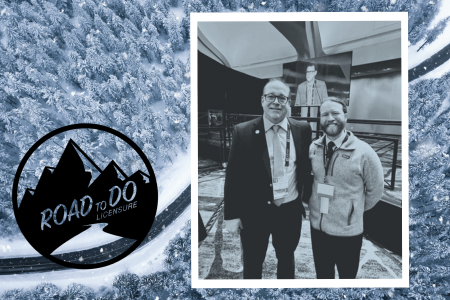Josh Baker, PhD, OMS III, is a DO/PhD candidate in the Department of Radiology at Michigan State University College of Osteopathic Medicine (MSUCOM), home to the nation’s oldest and largest DO/PhD physician-scientist training program, where he is dedicated to advancing medical research and radiologic sciences. Recently appointed as Steering Committee Chair of the Medical Student Section at the American College of Radiology (ACR), Josh brings a unique dual perspective to his national leadership role, advocating for radiologic advancements using osteopathic medicine.
Josh completed his PhD in Neuroscience in spring 2024. He plans to apply to diagnostic radiology residency programs in the 2026 Match cycle.
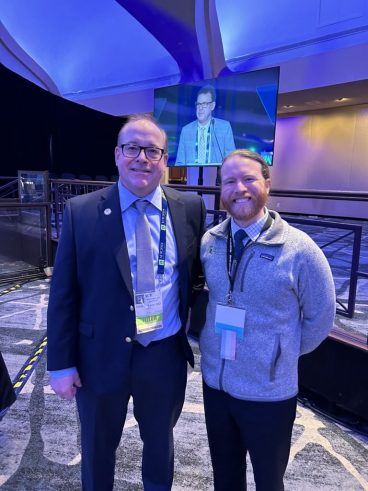
What made you want to pursue osteopathic medicine?
As an undergraduate at the University of Pittsburgh, I read The DOs by medical historian Norman Gevitz, PhD. Throughout the book, I became intrigued by the field’s persistence with a philosophy they knew was beneficial for their patients and its resilience in the face of opposition from MD colleagues.
Andrew Taylor Still, DO, developed a novel approach to treatment that didn’t involve using what we now know to be dangerous (mercury, bloodletting, etc.). This pioneering spirit and drive to innovate for the benefit of his fellow man was an inspiring story to me.
While completing my master’s degree, I was fortunate to shadow an osteopathic pathologist who emphasized that DOs can and should practice in all areas of medicine. These experiences helped solidify my decision to become an osteopathic physician and an osteopathic physician-scientist.
My research training before joining MSUCOM was in sleep medicine. My work’s overarching goal was to investigate sleep disorders from birth to adulthood as a possible contributing factor to chronic low-grade inflammation that ultimately results in a decline in overall wellbeing across one’s lifespan. As a young student, I felt this type of work aligned with the osteopathic principle that the body has the capacity to heal itself! I was excited by the possibilities of researching preventative therapies focused on optimizing health with modern scientific advances, in a specifically osteopathic physician-scientist training program.
What is it like for you to pursue both a DO degree and a PhD simultaneously, and how is it different from what other students typically do?
My path was dynamic. My bachelor’s degree is in psychology, and at that time, I researched in the field of sleep medicine. Later, I got a master’s degree in anatomy and studied in the field of neuroscience, which helped me realize my passion for neuroimaging and the field of diagnostic radiology. I completed my PhD in neuroscience in 2024 in an MRI neuroimaging laboratory that studies traumatic brain injury and neurodegeneration.
I believe that an individual seeking a DO/PhD degree has a responsibility to the profession and society to advance science, medicine, and medical education. The student who wants to pursue a dual degree should be highly motivated by the progress and advancement of science and medicine and understand they are choosing a route of significantly delayed gratification.
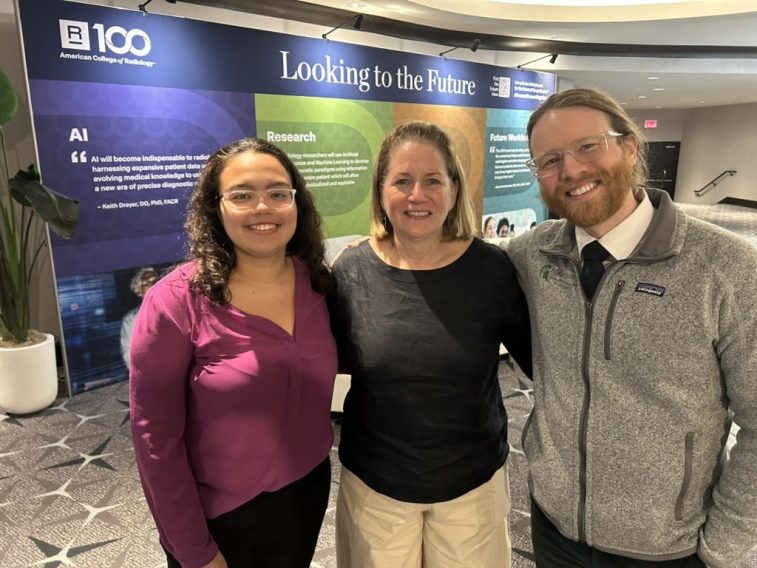
What do you take away from your training as an osteopathic physician, which embodies body, mind, and spirit, and apply it to your research as a neuroscientist? How do you see yourself bringing osteopathic medicine into your future career in neuroradiology?
My dissertation research focused on early pre-clinical work with neuroimaging to create a prognostic biomarker for mild traumatic brain injury (mBTI). Currently, osteopathic physicians treating mTBI have little in the way of evidence-based prognostic information that can help them develop a treatment plan and monitor the recovery progress of their patients. TBI is a condition that affects individuals’ mental, physical, and emotional health and can touch all areas of their lives. The burning question that most patients have—and that their physicians are trying to answer—is whether they can expect to be back to their pre-injury baseline with all symptoms and ailments resolved. My research aims to lay the early groundwork for imaging tools that could aid in this process.
This is distinctly osteopathic as it empowers patients and their providers with information to engage in shared decision-making that intervenes early, promotes self-healing, and optimizes their physical, mental, and spiritual wellbeing.
Similarly, neuroscience as a general field is the study of our brain and nervous system, which remains largely and incompletely understood. We know the brain is influenced by and influences the body, mind, and spirit. To me, it is humanity’s final frontier, and I believe dedicating my career to studying the brain will be an exciting adventure. I eventually hope to work with patients, teach, and do research at an academic health center, where I will incorporate this philosophy into my future research program.
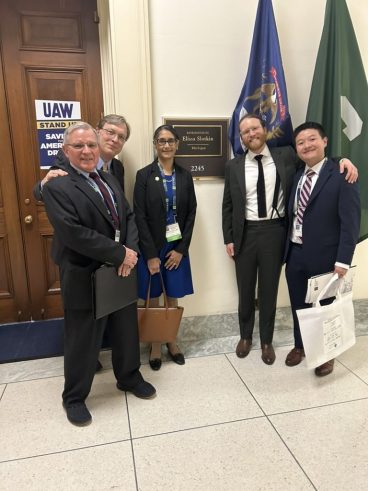
The fourth osteopathic tenet states that structure and function are reciprocally related. How do you see this manifest in your research?
The microstructure of white matter is directly correlated to its ability to function as an information conduit. With the novel imaging processing technique I mastered during my doctoral training, we can quantify the density and cross-sectional area of white matter fiber bundles in the brain, which directly correlates with a white matter tract’s ability to carry information (structure predicting function).
The white matter that connects different regions in the brain are the superhighways that connect cell bodies and allow the incorporation of complex information from the body’s senses to be integrated, processed, and turned into action. Diffusion-weighted imaging and analysis is a unique imaging technique and tissue modeling method that allows neuroradiologists and researchers to understand changes in the microstructure of white matter. Although my dissertation project focused on traumatic brain injury, I can apply this technique to numerous disease processes in the future.
This technique is still pre-clinical and has yet to be widely adopted in clinical practice. It is an exciting and active area of neuroscience research that will help us not only gain a greater understanding of the human brain’s function in health but also its dysfunction in pathologic states. I hope to see it become a routine part of clinical practice for diagnosis and monitoring of neurologic diseases we still do not fully understand during my career.
What advice do you have for medical students interested in pursuing a dual degree like this one?
Identify early if you like research and try to have early success. My first lead author paper was from work I did as an undergraduate, and then, during my master’s degree, I began shaping my niche by getting extra training in clinical and translational science. This was all with the goal that I would end up doing clinical human subjects-type research.
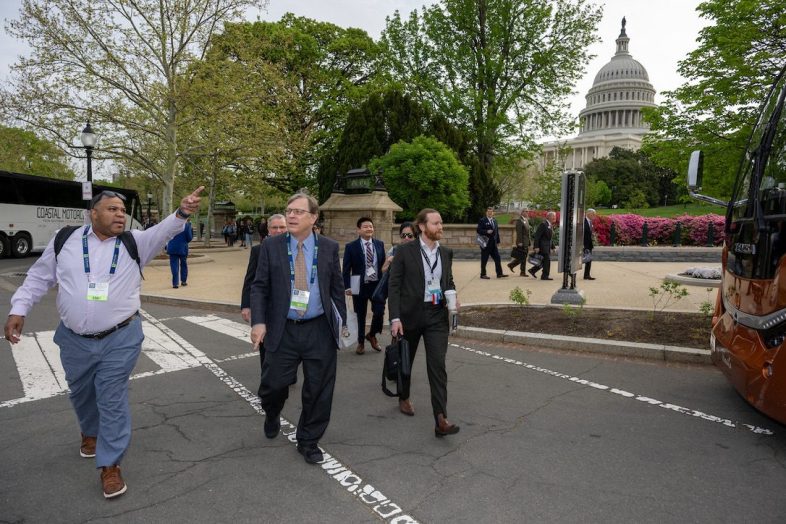
Keep an open mind to new possibilities and target areas where advancement can be maximized.
As an undergraduate student, I was reasonably certain I would practice medicine as a psychiatrist. As I began my master’s degree in anatomy and gained exposure to radiology, I became increasingly convinced this was the path for me. When I started my dual degree, I was intimidated to start in a new research discipline and start completely from scratch with no knowledge or skills in the field. Believing in yourself is half the battle; I ultimately learned the necessary computer programming and data analysis skills to be successful, and I couldn’t be happier I invested the time to start down a new path.
Develop a growth mindset and learn to trust and believe in yourself. If you doubt yourself, remember that success has many definitions, and you define what success means to you. Don’t let external factors influence your sense of self-worth. The training journey is long and winding; treat others as you’d like to be treated on the road.
Spend time outside work with your loved ones. They are more important than any work we do.
Finally, the most critical piece in finding success is finding and seeking out great mentors and sponsors. I have had many incredible mentors throughout my career, including research mentors like Michelle Okun, PhD, and Dr. Julio Fernandez-Mendoza, PhD, to teaching faculty like George Bandik, PhD, and Loren Evey, PhD, MA, who helped me on the path toward medical training. Now, as a more senior medical student, I have numerous career mentors like Mark DeLano, MD, my department chair, and Rocky Saenz, DO, the Michigan Radiological Society president.
A seemingly simple meeting or lunch with an exceptional mentor can redirect your entire trajectory for the better if you keep an open mind. You need someone who will give you opportunities, guide you, and advocate for you when you are not in the room. Ask for advice and utilize your resources wisely, especially from your senior classmates. A physician-scientist needs many mentors at varying stages of training and in many disciplines to be successful. Once you have found them, consult them often for medical, scientific, and career advice. A 5- or 10-minute face-to-face chat a few times a week can go a long way.

